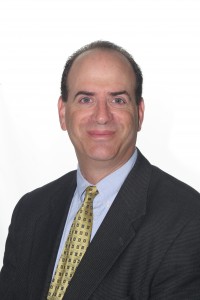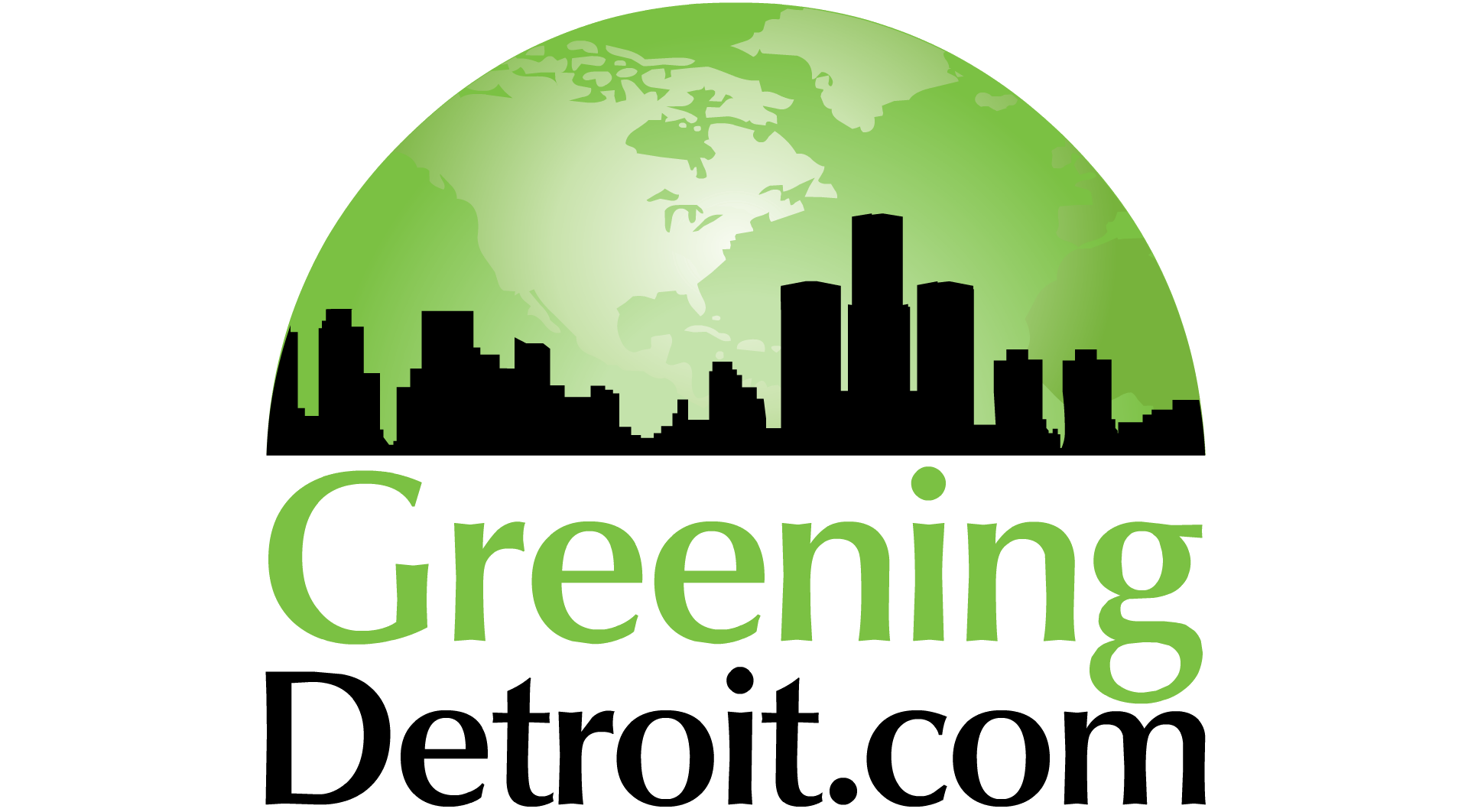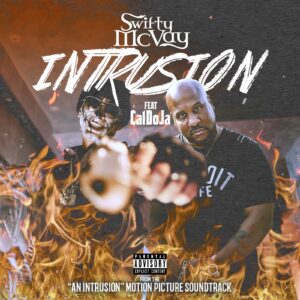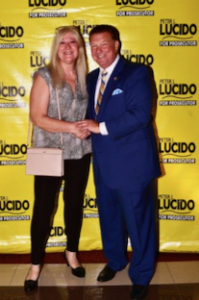 After being in the deep cold of recession for most of the 2000’s, Michigan is showing signs of emerging from the longest slump in its post-depression history. In many ways the Great Lake State is in the midst of reinventing itself all over again, post-automotive manufacturing style.
After being in the deep cold of recession for most of the 2000’s, Michigan is showing signs of emerging from the longest slump in its post-depression history. In many ways the Great Lake State is in the midst of reinventing itself all over again, post-automotive manufacturing style.
This “reinvention” is also true for its decaying urban core centers, dilapidated infrastructure and contracted manufacturing base. Land is aplenty, however, big questions remain on how to reclaim it, repurpose and reinvigorate it for the coming needs of future generations. That is one of many reasons for the well timed, daylong conference to assist those in Brownfield and Greyfield development.
Development professionals, municipal economic development planners, private industry and others interested in Brownfield development attended a workshop to learn more about place-making and turning our urban cores into more vibrant, livable and unique places to live, work and play. The all day workshop was co-sponsored by the Michigan Municipal League (MML), and hosted by the National Brownfield Association (NBA) and held at the MML’s Lansing office. The program itself was developed by the NBA with funds provided by the Environmental Protection Agency (EPA).
The morning started off with a brief “Building Sustainable Communities” primer by Robert Colangelo, Executive Director of the NBA, who discussed specific terminology used in the area of Brownfield Development and commented that “building green on brown is the highest level of sustainability”. Robert also covered the Principals of Sustainability, Urban Farming, Life Cycle Assessment Approach applied to redevelopment and illustrated several successful case studies of how Brownfield Developments have helped turn many urban centers around. He also showed creative uses for Brownfield’s such as sustainability communities on old inner city airports, Transit Oriented Developments and development of Portfields. The point driven home by Mr. Colangelo concluded that if small communities could successfully develop brownfields into remarkable sustainable development projects, other cities merely needed the vision, leadership and will to produce similar results with their own Brownfield sites.
Mark Clevey, Manager of Consumer Education and Renewable Education Programs with the Michigan Energy Office, spent considerable time explaining the definition and features behind Sustainability Economics. Mr. Clevey commented that Michigan is at the crossroads as to whether it will take serious steps in the implementation of Sustainability Economics and acknowledged the stiff resistance to such changes coming from both the public and private sector. The discussion ended with an upbeat prediction that the Michigan Economic Development Corporation (MEDC) is providing entrepreneurs and innovators with much needed financial, educational and moral support to lift up our state to become well diversified and more recession proof from the common ups and downs of a manufacturing based economy.
As a Brownfield Project Manager from Region 5, Matt Didier has been assisting with brownfield reclamation and land reuse of brownfields on behalf of the EPA for more than fifteen (15) years. With federal Brownfield assistance, Mr. Diddier covered the basic programs and financing available to developers interested in Brownfield Development. A number of Brownfield Development financing options were unveiled, including: EPA Grants, Assessment Grants and Revolving Loan Fund Grants. More importantly, Mr. Diddier delivered a message that the federal government wants to be a part of the partnership team that takes a blighted, Brownfield (or even Greyfield) property and puts it back into productive use for the community in which it resides.
Following interesting comments and updates from Luke Forrest of the MML and Bruce Rasher’s history/update of the RACER TRUST (Revitalizing Auto Communities Environmental Response Trust) Properties resulting from the GM bankruptcy, participants in the workshop were treated to an interesting walking tour led by Karl Dorshiner, President & CEO of the Lansing Economic Development Corporation. Mr. Dorshiner led the group around a small part of Downtown Lansing of formerly industrial Brownfield properties that have been completely redeveloped into a “place-making riverfront” collection of sustainable buildings, art, walking paths and other forms of connecting people, places and events. While still in its early formative stages, parts of downtown Lansing have been vastly improved and people are once again returning downtown for the “vibe” that is being created through the reinvention of this part of town.
The afternoon sessions at the workshop were equally as informative as the morning sessions. Mr. Patrick E. Lindenmann, Ingham County Drain Commissioner, rolled out a very interesting presentation on how plants not pipes manage water more efficiently and save money. He also stated that water management in the Great Lake State is “the issue” of our time. Calling our abundance of fresh water in the Great Lakes (one-fifth of worlds’ fresh water) more precious than oil in the next century, he urged all those involved in planning and using water to consider the profound responsibility to manage, preserve, protect and conserve our number one commodity so the coming generations will have the same opportunities that their forbearers enjoyed as residents of this region.
The final speaker of the afternoon was John Byl, Esq., partner at Warner, Norcross & Judd, LLP, an attorney well versed in the statutory and regulatory nature of Brownfield and Greyfield developments in Michigan and who also serves as the NBA, MI Chapter President. Mr. Byl is an expert in this area of the law, especially when coordinated with other federal, state and local incentives to assist further brownfield development in Michigan. Mr. Byl’s presentation was very thorough in bringing out the nuances of the statutory language of Michigan’s Brownfield laws and regulations, having a keen understanding of the recent changes and the Department of Natural Resources’ influence in this area of development. Those attending the daylong conference were served a plethora of ideas on taking their local brownfield and Greyfield real estate parcels to a new shade of green.
While it is very early in Michigan’s turnaround to answer questions definitively on how the state will look following redevelopment of many of these former manufacturing facilities and brownfield sites, there is an indication the state’s attempts to diversify its economy will play a large role in how such properties are repurposed in the future. Knowing that present brownfield laws are in place to allow developers the creative tools for future development of such properties, it will be fascinating to watch what they do with this “blank slate” in order to make this formerly great state great once again. As is often heard but seldom the case, here it is true …………. “the opportunities are endless.” Get a shovel and let’s dig!
ROBERT E. MATTLER, Associate Broker, Attorney and LEED AP BD+C, is Director of Green Brokerage at Armada Real Estate Services in West Bloomfield, Michigan. He speaks and writes about emerging green real estate issues in Michigan and elsewhere. For more information, contact Bob at Armada Real Estate (248) 855-1221; or by e-mail: bmattler@armadarealestate.com
Click here to be introduced to the Green Agent Man
 Author: Robert E. Mattler, Green Agent Man, representing GreeningDetroit.com
Author: Robert E. Mattler, Green Agent Man, representing GreeningDetroit.com



